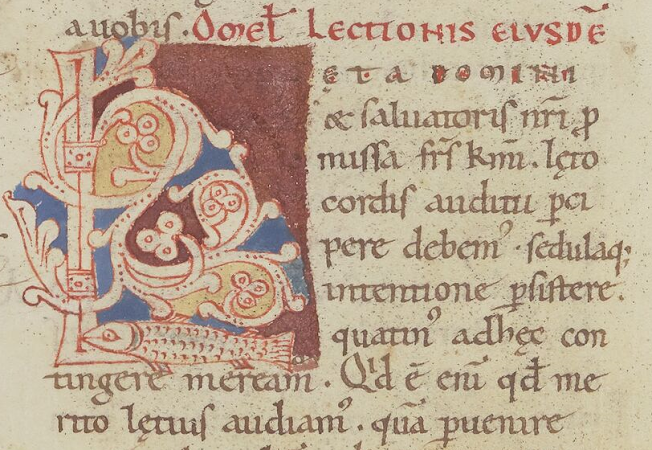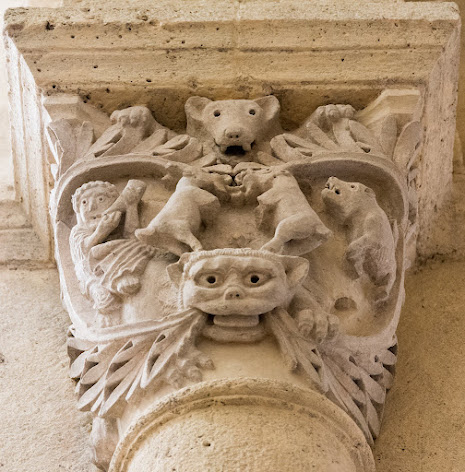Bede at Cluny

Bede at Cluny Etant donné qu'il y a plein de choses à dire autour de l'influence de l'Abbaye de Cluny sur l'Angleterre, on peut constater qu'il y avait au moins un peu d'influence venant dans l'autre sens. Parmi les manuscrits clunisiens sauvés de la révolution française, il y en a un qui montre que les oeuvres du moine anglais Bede (672-735) étaient lues à Cluny pendant le XIe siècle. Cette version des homélies de Bede, copiée à Cluny entre 1067 et 1100, se trouve maintenant dans la Bibliothèque Nationale de France. / While there is very much that could be said about the influence of Cluny Abbey upon England, there is evidence that the influence went, at least to some extent, in the other direction as well. One of the manuscripts saved at the abbey's destruction following the French Revolution, and preserved now in the Bibliothèque Nationale de France, shows that the works of the Englishman the Venerable Bede ("Doctor Anglorum") were bein...

